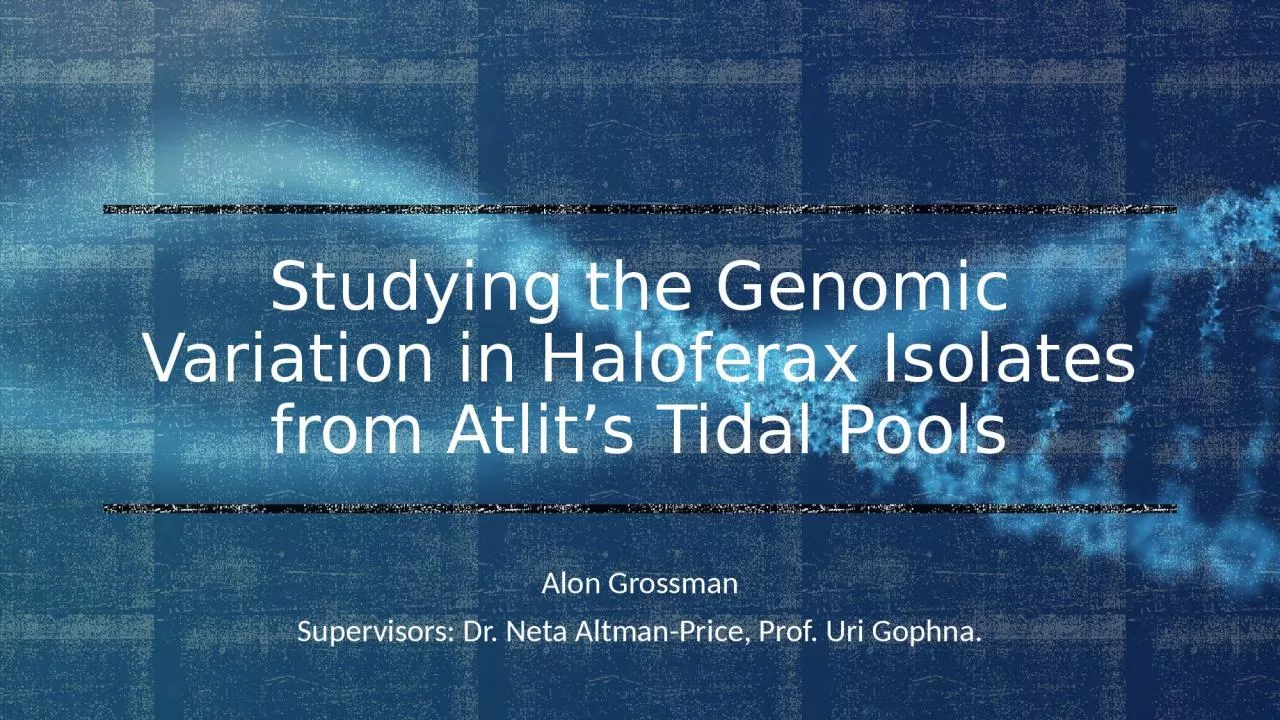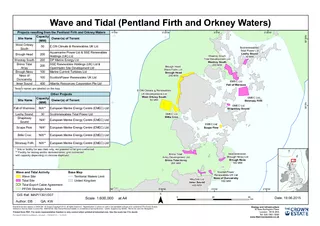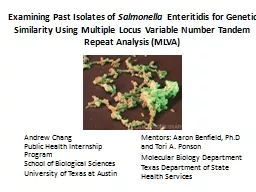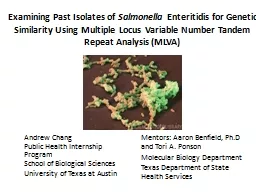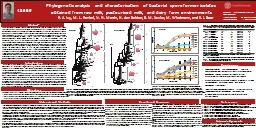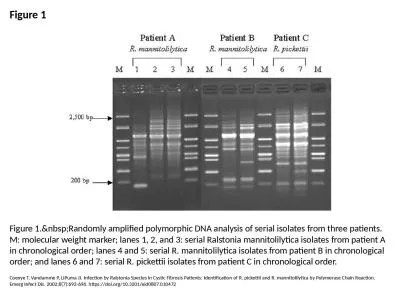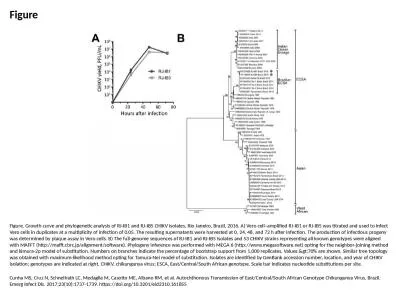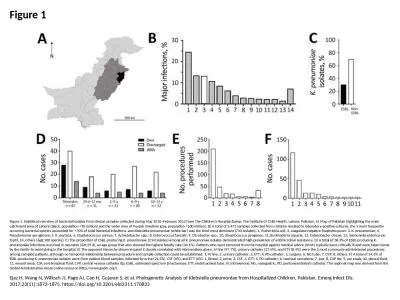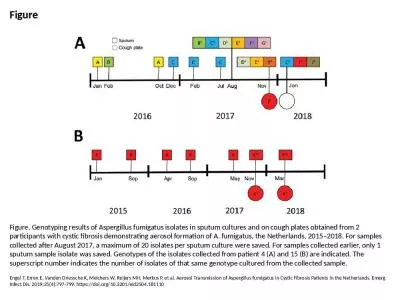PPT-Studying the Genomic Variation in Haloferax Isolates from Atlit’s Tidal Pools
Author : phoebe | Published Date : 2024-01-03
Alon Grossman Supervisors Dr Neta AltmanPrice Prof Uri Gophna Studied Organism Halophilic Archaea Three domains of life Eukaryota Bacteria Archaea Halophilic
Presentation Embed Code
Download Presentation
Download Presentation The PPT/PDF document "Studying the Genomic Variation in Halofe..." is the property of its rightful owner. Permission is granted to download and print the materials on this website for personal, non-commercial use only, and to display it on your personal computer provided you do not modify the materials and that you retain all copyright notices contained in the materials. By downloading content from our website, you accept the terms of this agreement.
Studying the Genomic Variation in Haloferax Isolates from Atlit’s Tidal Pools: Transcript
Download Rules Of Document
"Studying the Genomic Variation in Haloferax Isolates from Atlit’s Tidal Pools"The content belongs to its owner. You may download and print it for personal use, without modification, and keep all copyright notices. By downloading, you agree to these terms.
Related Documents

